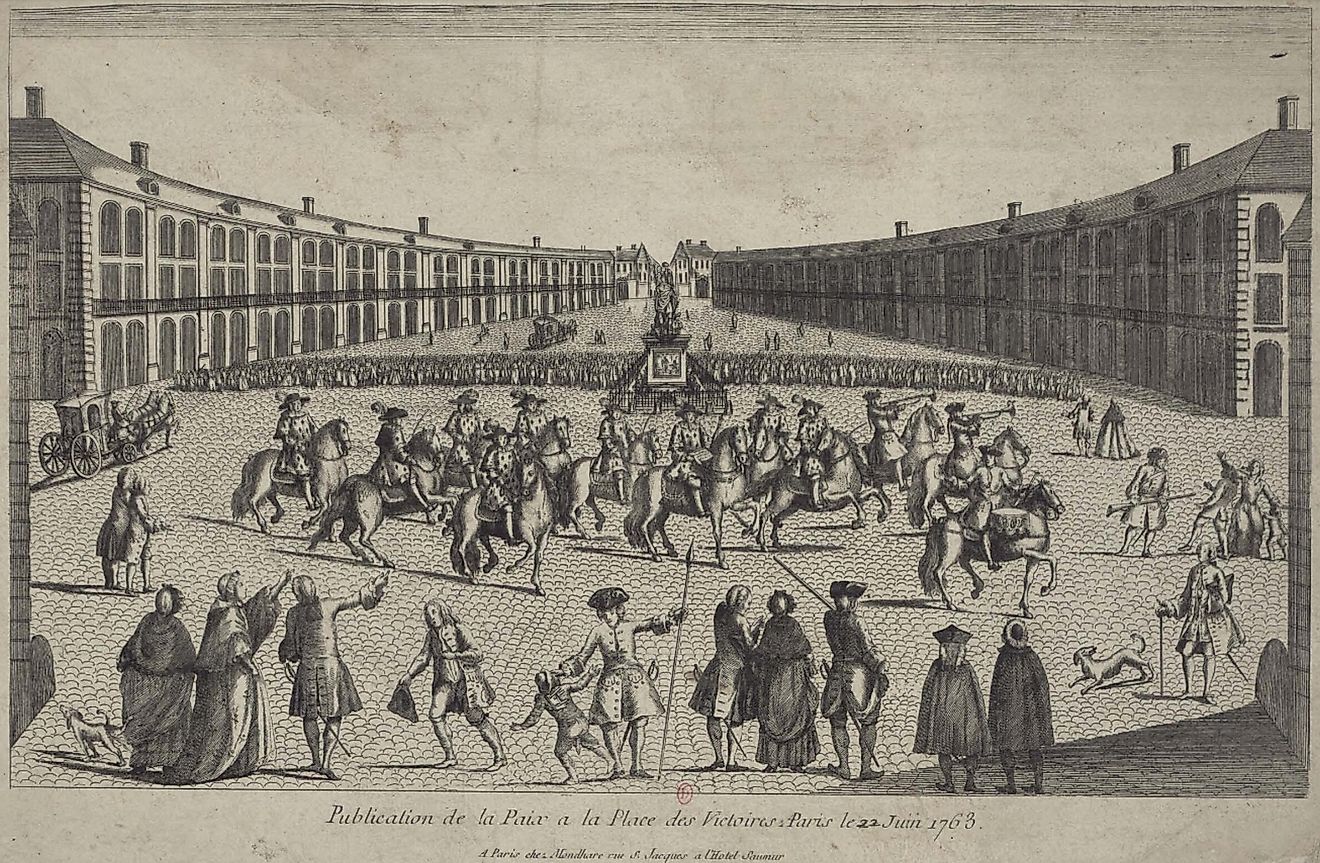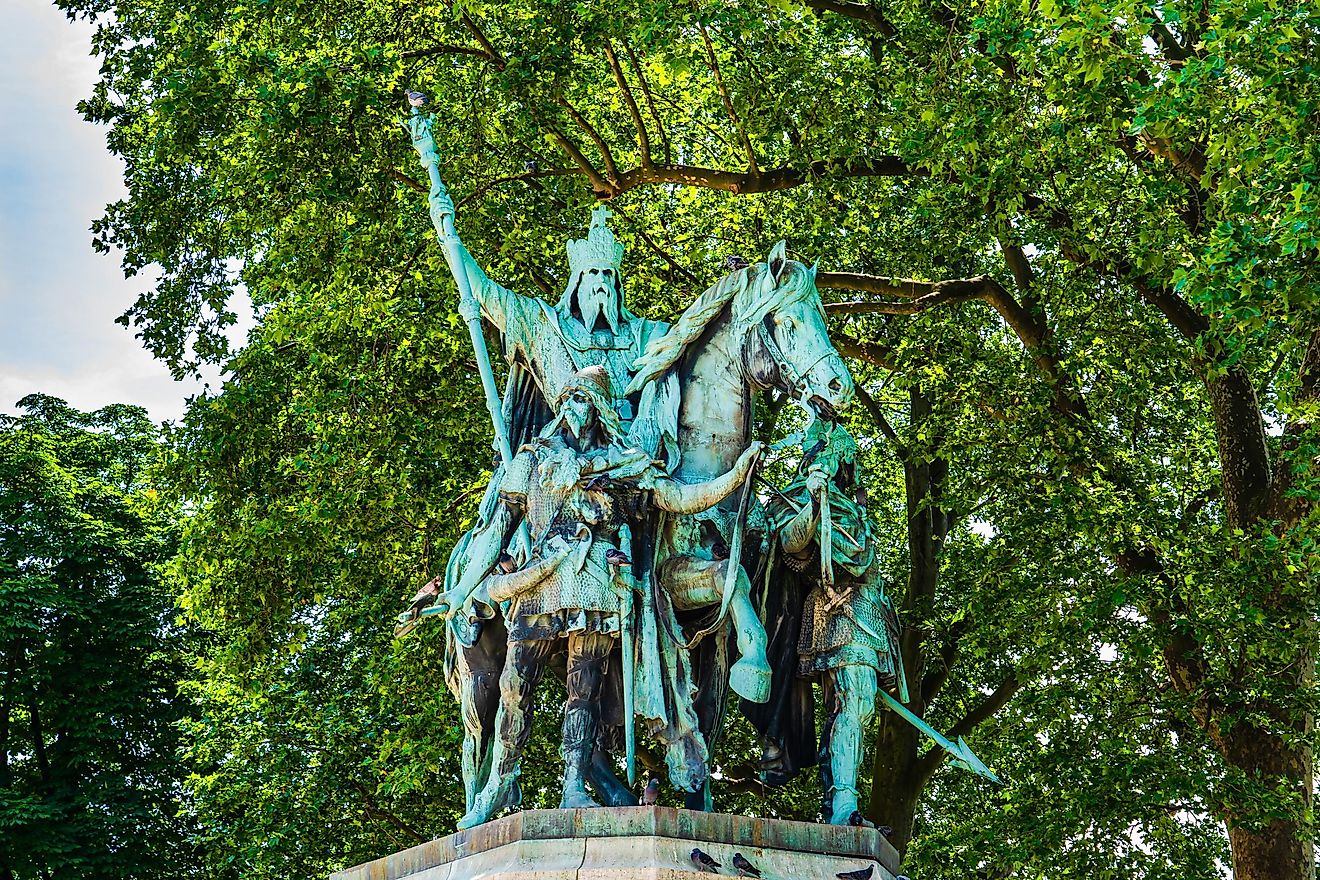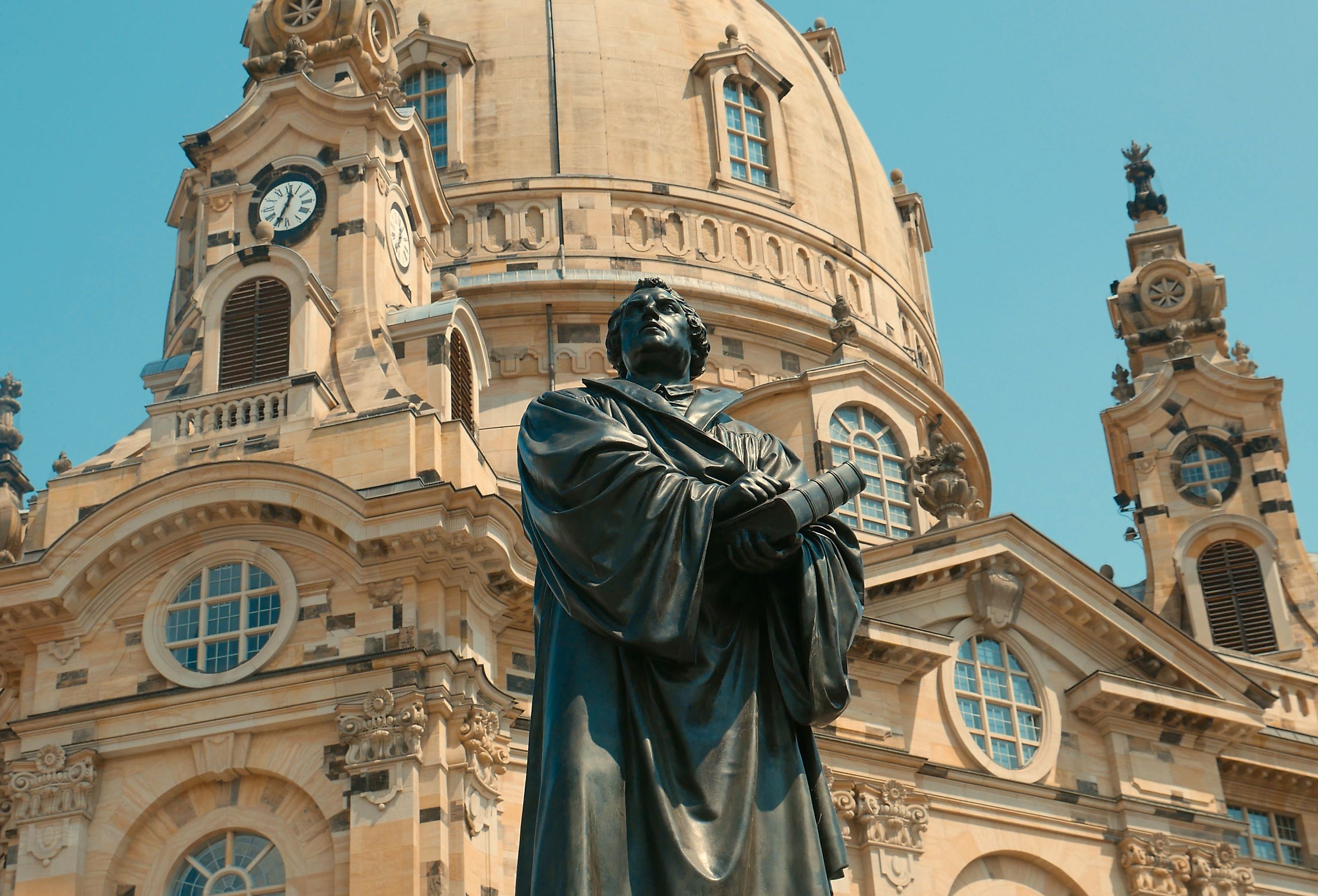
The Protestant Reformation
The Protestant Reformation occurred in the early 1500s in response to the corruption of the Catholic Church. Its reverberations were felt directly for the next 150 years, with Catholics and Protestants massacring each other throughout Europe. Moreover, its legacy still persists, with different regions of the continent being predominately Catholic or Protestant as a result of this profound shift in Christianity. Due to these consequences, it is worthwhile to investigate the origins, spread, impact, and aftermath of the Reformation in more detail.
Origins
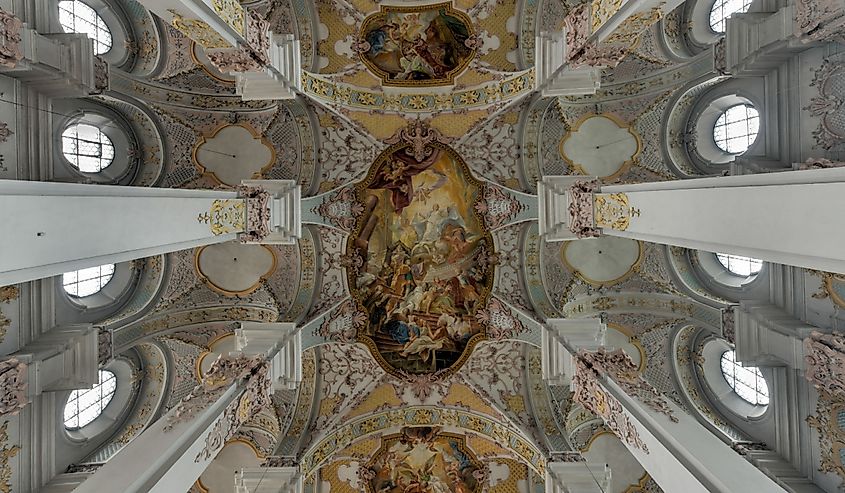
By the early 1500s, discontent with the Catholic Church had been bubbling for centuries. For instance, the English philosopher John Wycliffe questioned the power and wealth of the English clergy in the 1300s. Around the same time, Catherine of Siena traveled throughout the Papal States arguing that repentance could occur through the love of God alone, rather than the Church. These proto-Protestant reformers all had slightly different beliefs. However, they agreed on the following points.
First, the sale of indulgences needed to stop. The idea behind indulgences was that when Christ died, his sacrifice exceeded the sins of mankind. Therefore, by purchasing an indulgence, followers could acquire some of this leftover redemption. However, rather than being a genuine spiritual exercise, the sale of indulgences was instead a means of acquiring wealth, thereby becoming a symbol of the Church's corruption. Another such symbol was simony—the selling of Church offices. Many saw this practice as evidence that members of the clergy were not devout but instead had bought their way into these positions of power. In short, all of these factors meant that by the beginning of the 1500s, there were many frustrated with the Catholic Church.
Martin Luther
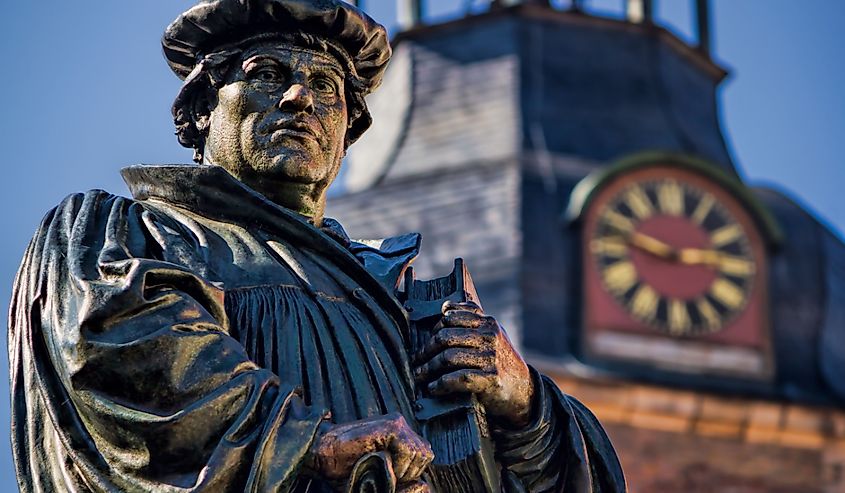
Martin Luther was a German priest, ordained in 1507. He shared many of the same critiques as the proto-Protestant reformers, but took them even further, viewing the institution of the Church itself as something that got in the way of one's relationship with God. This belief centered around one of his core tenants, "sola fide" (by faith alone), meaning that only on the basis of faith could one receive repentance in God's eyes. Moreover, another tenant, "sola scriptura" (by scripture alone) asserted that the sole source of authority for Christianity was the Bible, rather than the Church. This protesting of the Church's authority became known as Protestantism. Unsurprisingly, Luther's viewpoints caused tensions between him and the Church. He stood before the Diet of Worms in 1521 to defend or renounce his views. Refusing to change his mind, Luther was thus excommunicated.
The Spread of Protestantism and Its Different Forms
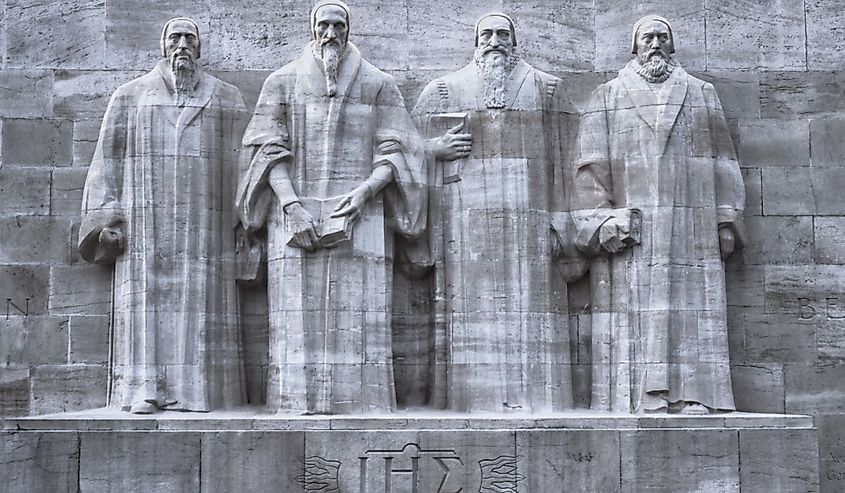
Following the Diet of Worms, Protestantism spread among the common people. Revolts then occurred throughout the Holy Roman Empire. Despite their relatively small scale, Emperor Charles the 5th was unable to stamp out these Protestant rebellions. Among other reasons, this was due to many of Charles' forces fighting wars elsewhere, meaning they could not quell the domestic unrest. Protestant German princes then formed a military alliance known as the Schmalkaldic League in 1531, further cementing the position of Protestants in Europe.
Different forms of Protestantism emerged as the reformation spread. Lutheranism was (and remains) the most popular in Germany and the Nordic countries. French reformer John Calvin founded Calvinism, which focused heavily on predestination; the notion that certain people were born destined for either heaven or hell. This version gained popularity in France, the Netherlands, Scotland, and parts of Germany. Anglicanism developed in England, characterized by its melding of political and spiritual authority, holds the assertion that the head of the Anglican Church was also the Monarch of England. From these major branches, many other Protestant denominations formed such as Baptist, Methodist, Presbyterian, and Pentecostal.
Aftermath and Conclusion
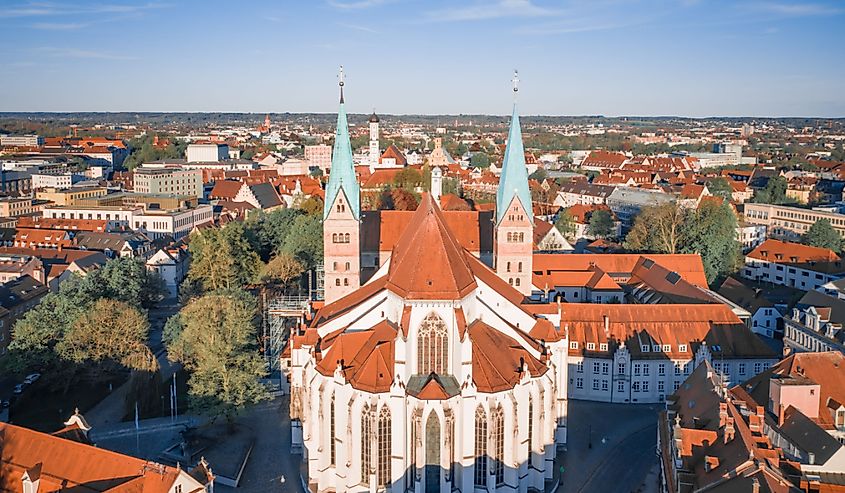
After decades of fighting between Catholic and Protestant princes, the 1555 Peace of Augsburg dictated that each prince would decide the religion of their respective states. This treaty led to peace that lasted for about 50 years. It then broke down at the beginning of the 1600s, leading to the Thirty Years War from 1618-1648. This conflict was one of the deadliest in European history, resulting in more than 8 million deaths. However, with the 1648 Treaty of Westphalia, long-term peace was finally established between Catholics and Protestants.
The legacy of the Protestant Reformation is profound. Most obviously, it created a schism in one of the world's most widely practiced religions. It also helps explain the religious affiliations of certain populations, even today. Finally, the Protestant Reformation makes clear the importance of accepting different beliefs.



